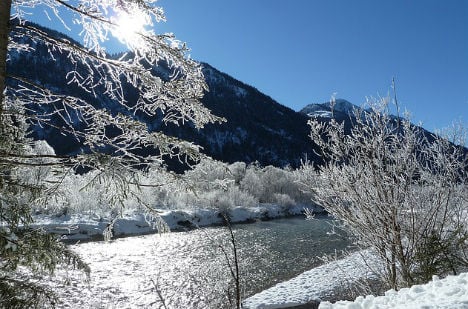Next week will see some severe morning frosts, with temperatures down to -10C across Austria. Even in the day, temperatures will not be much above freezing. The icy conditions are expected to last at least until the middle of next week.
The snow line is expected to fall to between 1,500 and 1,000 metres by Saturday.
Heavy snowfall is forecast for high mountains over the weekend, with between 30 and 50cm of new snow expected at heights of over 2,000 metres. Snow could cause problems on the Brenner Pass motorway on Saturday, police have warned.
In Alpine valleys such as Defereggental in Osttirol or in Salzburg's Lungau region temperatures are forecast to drop below -10C.
“Even in Vienna it will feel very wintry for those walking to work in the morning,” UBIMET meteorologist Josef Lukas said. He warned that the colder temperatures will come as a shock to many as people have quickly adjusted to the unusually warm November weather. He advised people to wrap up well when outside, especially in windy conditions when the ‘wind-chill factor’ makes exposed skin more vulnerable to the cold.
By next Friday temperatures will begin to climb again and it will feel less wintry.




 Please whitelist us to continue reading.
Please whitelist us to continue reading.
Member comments